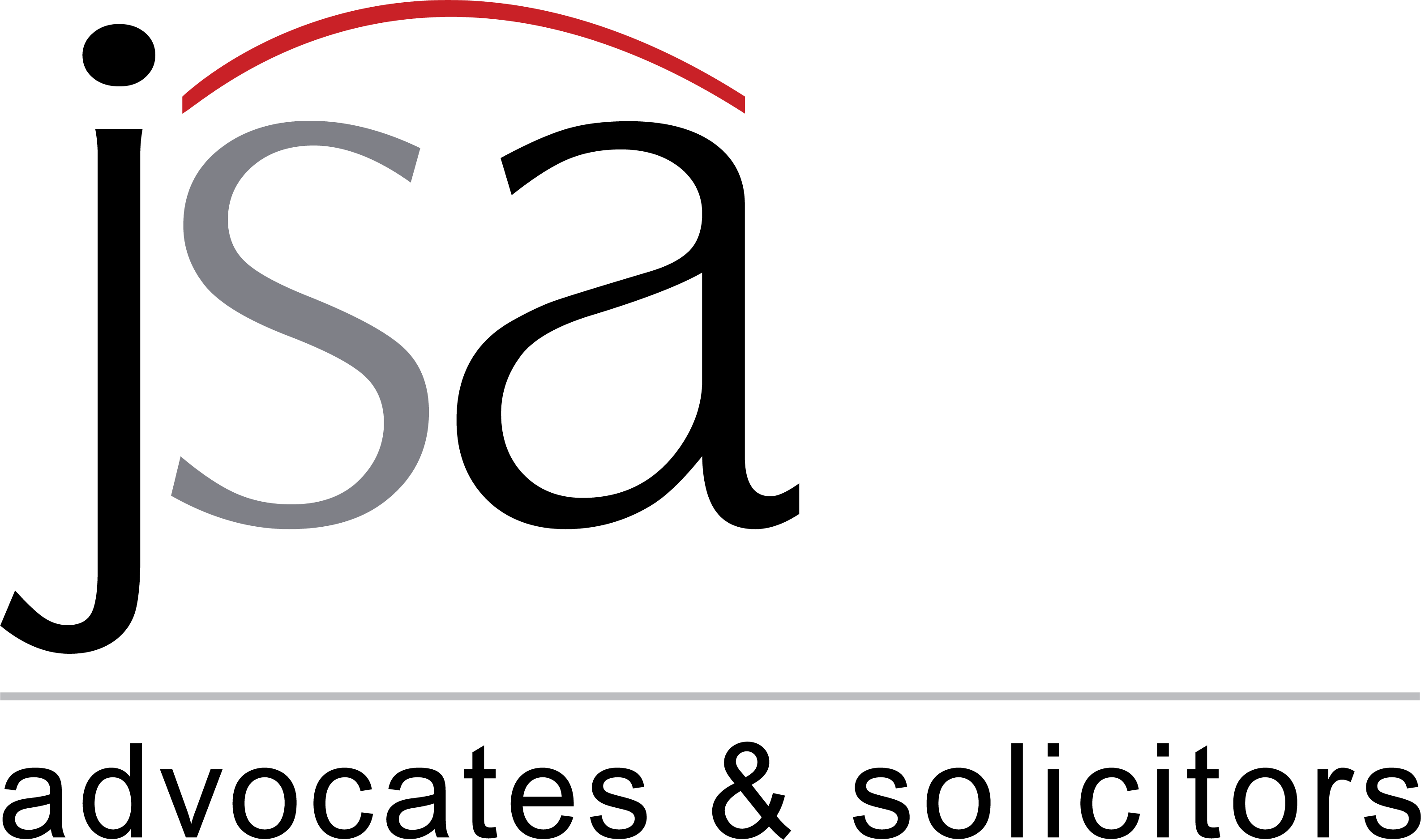Dear friends,
As the new officers take office and the Technology Law Committee plans the year ahead, it is time to touch base on what is happening across the globe in our professional space. Of course, our empathy and thoughts go to all those who may be impacted by conflict. We do pray that any potential disagreements between nations doesn’t cost lives.
I was looking at the map of Europe and regions of potential conflict, when I realised that I may be using geospatial data. As you all know geospatial data is any data that is indicated by or related to a geographic location. And by the same token, geospatial technology collects and analyses geospatial data. Forms of geospatial technology include geographic information systems (GIS), the Global Positioning System (GPS), remote sensing and geofencing. As we all know, GIS creates layered maps to analyse complex data relating to environmental events and socioeconomic trends.
The concept of layering happens as each data point is connected to a precise location on the Earth.
This got me thinking of the huge potential that geospatial data presents to the world, and many of our clients. It could be locational information connected to a dataset such as address, city or post/ZIP code; it could be data that is derived from GPS data, geospatial satellite imagery, telematics devices, Internet of Things and geotagging.
Of course, there are two main types of geospatial data – vector data and raster data. While vector data is scalable, and ideal for depicting boundaries, as it uses geometric shapes to show locations and shapes of geographic features, raster data on the other hand represents data through a digital image such a scanned map, aerial/satellite imagery or photographs. Spatial analysis depends heavily on raster datasets, which uses stairstepping – a cell-based format, to record data as pixels or grids with an image.
Moving further to geospatial intelligence (GEOINT), I read with interest about this intelligence discipline that analyses geospatial data to better understand and visually depict human activity based on a specific geographic location, and how GEOINT made its move from government and military use to wider commercial acceptance and use. The potential of surveillance cannot be left too far out of this thought!
Suffice to say there is much to learn and know about geospatial data, geospatial technology, geospatial AI, autonomous vehicles, mapping as a service, drones and all else it entails – much, much more than the mass use of Google Maps. You can learn more about it by tuning in to the Committee’s newly published podcast.
In addition to the above, I would strongly recommend you read the following articles that have been written with great thought behind them.
Your Committee, in addition to putting programmes together, also endeavours to share knowledge via podcasts, webinars, blogs and articles. Your contribution to the same is encouraged. Do feel free to send in some scholarly works to us.
Praying for peace in Europe and the rest of the pandemic-recovering world.
Warm regards,
Sajai Singh
Chair, IBA Technology Law Committee












Sajai's broad-based practice focuses on Mergers, Acquisitions, Joint Ventures, strategic alliances, restructurings and financings (whether debt or equity), with particular emphasis on cross- border transactions.